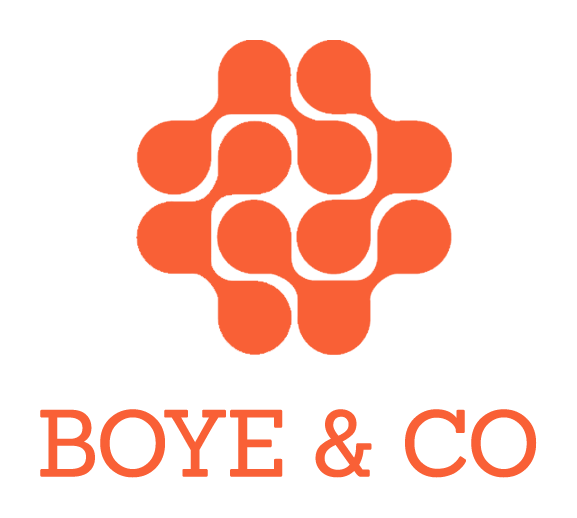By Gurdeep Singh, IT Tools Innovation Lead at Tryg
In the evolving landscape of automation, businesses are increasingly integrating autonomous AI agents into their workflows. However, the biggest challenge isn’t just implementing automation—it’s building trust between humans and AI.
Agentic Process Automation (APA) represents a shift from rule-based automation to AI-driven, autonomous agents capable of learning, adapting, and making decisions. Unlike traditional automation, APA functions like a human team—requiring onboarding, role definition, performance evaluation, and eventual decommissioning.
However, for APA to be effective, humans must trust these AI agents to work alongside them rather than replace them.
Just as the relationship between John Connor and the T-800 evolved in Terminator 2: Judgment Day, where distrust gave way to collaboration and reliance, organizations must foster a similar trust between employees and APA systems.
The Trust Journey: From Skepticism to Collaboration
In The Terminator, humanity initially viewed robots as threats. However, John Connor learned to trust the T-800 as it demonstrated reliability, collaboration, and even empathy in its actions. Similarly, trust in APA follows a structured path:
Coexistence: Overcoming Fear of Replacement
Much like how humans initially saw Terminators as destroyers rather than allies, employees often fear AI will replace them. Organisations must emphasise that APA is designed to augment human capabilities rather than eliminate roles. There’s an emerging collaborator role to act as the bridge between humans and APA, ensuring AI adoption aligns with business needs and maintaining human oversight where necessary. A few actionable steps you can take here:Educate teams on how APA complements human intelligence rather than competes with it.
Demonstrate AI’s ability to handle repetitive tasks, allowing employees to focus on strategic work.
Utilize explainable AI (XAI) to ensure employees understand how APA reaches its conclusions, increasing transparency and trust.
Collaboration: Humans and AI as Teammates
John Connor didn’t trust the T-800 at first, but through consistent interaction and support, he recognised its value. Similarly, APA must be introduced gradually, allowing employees to experience firsthand how it enhances their work. At this stage, there’s an orchestrator role to ensure smooth interaction between humans and APA agents by overseeing their onboarding, performance, and operational flow. Here’s a few steps in this phase:Implement a hybrid approach where AI agents assist employees before assuming full autonomy.
Encourage feedback loops where employees refine AI decision-making, fostering a sense of control and cooperation.
Enhance APA transparency by implementing traceability mechanisms that track AI decisions and actions in workflows.
Support: The Importance of Human Oversight
Even as the T-800 operated independently, it still relied on John Connor for guidance. Similarly, APA systems must have human-in-the-loop oversight to ensure alignment with organizational goals and ethical standards. Now you need the automator role to manage and optimize automation processes by ensuring APA agents execute end-to-end business transactions efficiently. Once you get here, then take these steps:Introduce structured reporting lines between APA agents and human supervisors.
Maintain transparency in AI actions, allowing employees to intervene when necessary.
Incorporate explainability features within APA systems, enabling employees to audit AI-driven processes and understand decision-making rationales.
Social Cohabitation: Integrating APA into Work Culture
The T-800 didn’t just fight; it learned human behaviors, even adapting its speech and mannerisms. APA must also seamlessly integrate into workplace culture and for this you need a tasker role to execute specialised tasks as modular automation components that integrate seamlessly into human workflows. At this point, I would recommend these actionable steps:Design APA with user-friendly interfaces that align with existing workflows.
Encourage a mindset shift by promoting AI literacy and training sessions.
Implement clear documentation and traceability logs to ensure every APA-driven action can be reviewed and explained when needed.
Working Relationship: Reliability Breeds Trust
John Connor ultimately trusted the T-800 because it proved itself consistently. Likewise, for employees to trust APA, it must deliver reliable, explainable, and secure results. Now you need a security agent role to ensure APA decisions remain secure, ethical, and transparent, minimizing risks like AI bias, data breaches, and compliance violations. At this stage, take these steps:Implement performance metrics that track APA’s efficiency and accuracy.
Establish governance frameworks that ensure fairness, compliance, and security.
Leverage explainable AI principles to make APA actions auditable, reducing bias and improving ethical transparency.
Deploy traceability frameworks that log AI decisions for future review, ensuring compliance with organizational and regulatory standards.
Humans and APA—The Future of Work
The key takeaway from The Terminator isn’t just that humans and machines can work together—it’s that trust is built over time through transparency, collaboration, and demonstrated reliability. By structuring APA adoption using the COATS framework—where Collaborators, Orchestrators, Automators, Taskers, and Security Agents each have defined roles—businesses can create a future where AI and humans work side by side, unlocking new levels of efficiency and innovation.
By embedding explainability and traceability into APA, organizations ensure that automation decisions are not just made efficiently but are also understandable and accountable. This fosters deeper trust and strengthens the working relationship between humans and AI.
Learn more about automation and robotics
As automation continues to evolve, APA holds promise for organisations seeking scalable, adaptable, and secure solutions, marking a forward-thinking approach to achieving robust, intelligent automation.
The conversation naturally continues in our automation and robotics community. Why not join us and be a part of it?
You can also learn more in some of the previous posts by Gurdeep. Check out these three recent posts:

